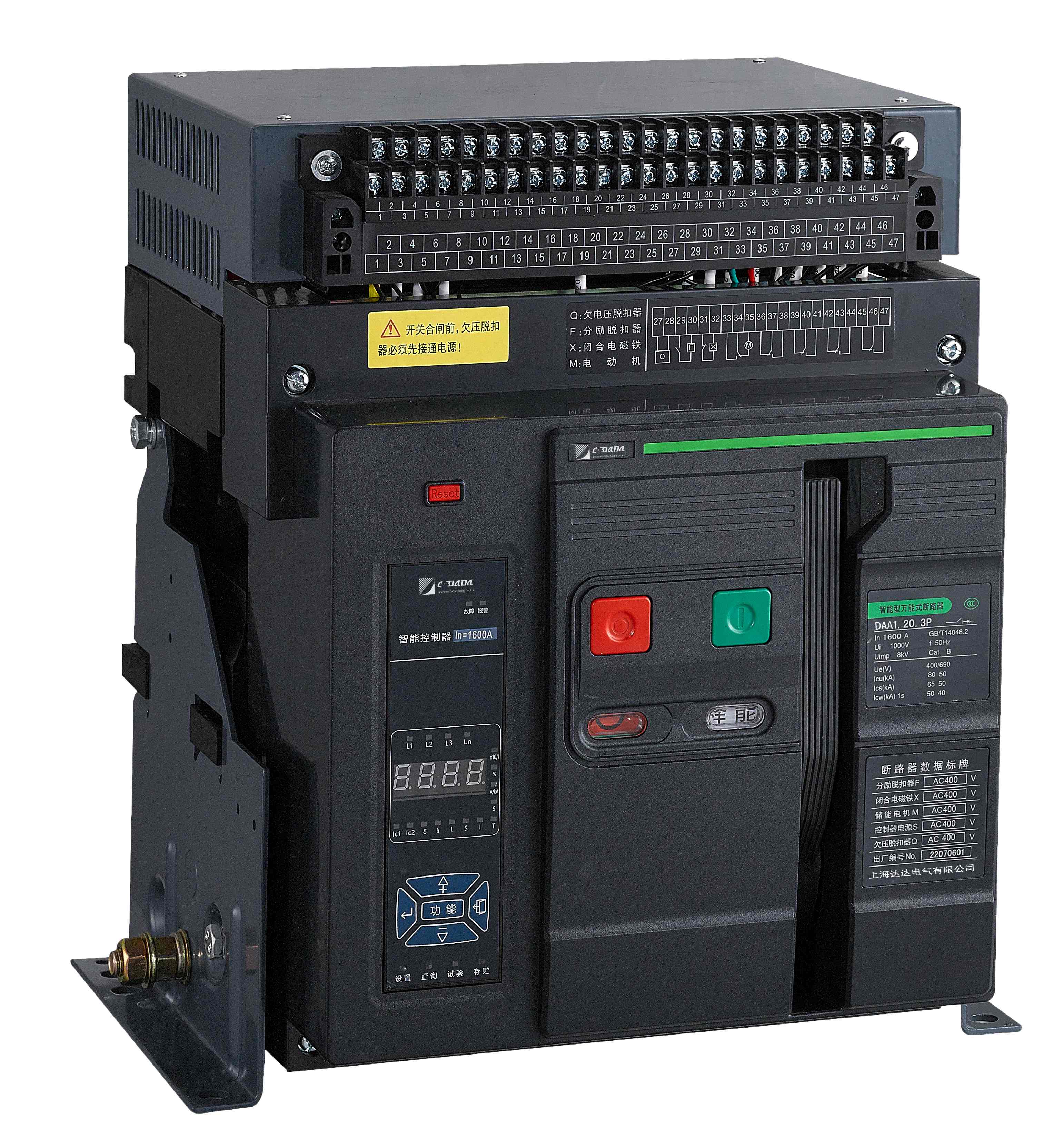In industrial and commercial electrical systems, protection devices are essential to prevent damage caused by overcurrent or short circuits. One such device is the air circuit breaker, commonly known as ACB. It plays a key role in medium-voltage applications by automatically disconnecting electrical power when faults occur. But what exactly is an ACB, and why is it widely used?
To understand its value, let’s start with how it operates. An air circuit breaker interrupts the flow of electricity using air as the arc extinguishing medium. When the current exceeds the safe limit, the breaker trips, opening its contacts and allowing the arc to dissipate into the surrounding air. This rapid disconnection prevents further electrical faults or fire hazards.
Unlike oil or vacuum breakers, ACBs use ambient air, which simplifies maintenance and reduces cost in certain applications.

Knowing the structure of an ACB helps you better understand how it functions. Key components include:
Contacts – Carry current and open during fault conditions
Arc Chutes – Cool and divide the arc for easier extinguishing
Operating Mechanism – Includes manual or automatic tripping
Protective Relays – Monitor overcurrent, short circuit, and earth fault
These parts work together to make the ACB reliable for high-current systems.
Different systems require different solutions. Types of ACB include:
Plain Break Type – Basic, less common now
Magnetic Blowout Type – Uses magnetic fields to drive the arc into chutes
Cross-Blast Type – Adds air pressure to force the arc into arc runners
Air Chute Type – Most modern and effective at arc suppression
Choosing the right type depends on your current ratings and system configuration.
Many people confuse ACB with MCCB (Molded Case Circuit Breaker). While both serve protective roles, they differ in design and application:
| Feature | ACB | MCCB |
|---|---|---|
| Voltage Rating | Up to 1000V | Usually below 690V |
| Current Capacity | Up to 6300A | Up to 1600A |
| Arc Quenching Media | Air | Molded insulating material |
| Application | Large industrial panels | Smaller commercial systems |
In short, ACBs are used where higher loads and greater reliability are required.
There are several reasons why air circuit breakers are preferred in many settings:
Easy access and maintenance
High current handling capacity
Adjustable protection settings
Long mechanical life
Safe and quick arc extinguishing
These benefits make ACBs ideal for main power distribution in factories, hospitals, and data centers.
If your application requires protection for high-power equipment or large distribution panels, an ACB circuit breaker is likely the right choice. Its ability to safely interrupt high fault currents while offering flexible settings makes it a valuable part of modern electrical infrastructure.